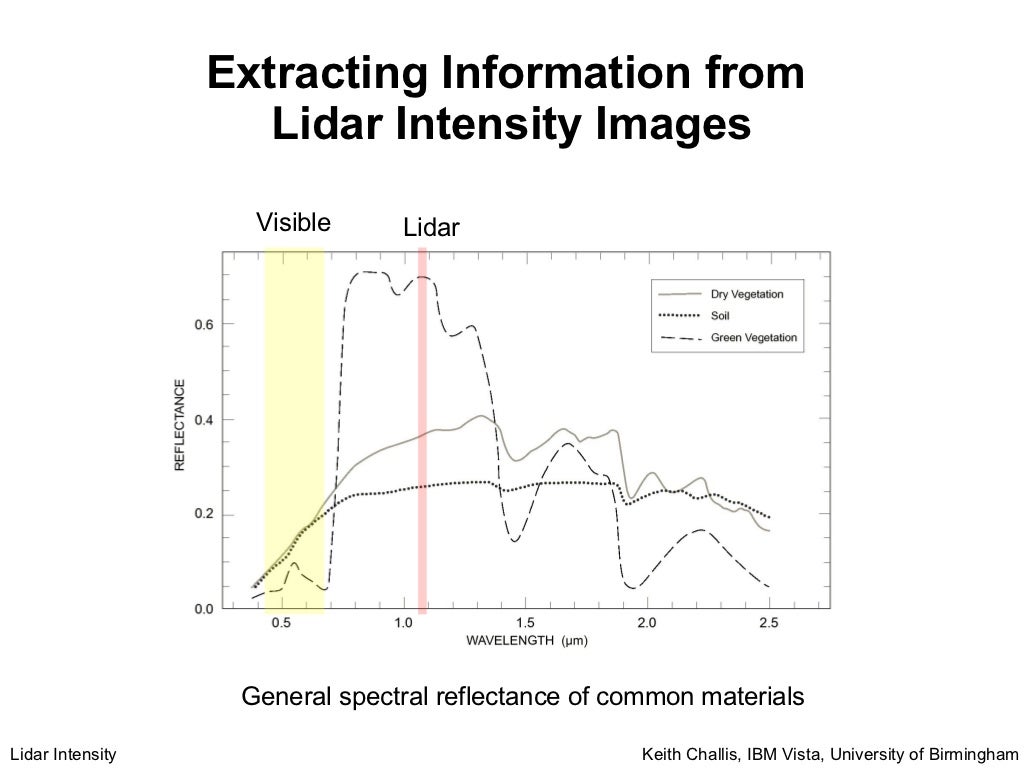

Geological Survey sensor designed to monitor the river. Meanwhile, in one Appalachian town, the North Fork Kentucky River shattered its previous height record by more than 6 feet in July’s flooding, rushing in fast enough to destroy the U.S. Louis County, for example, creeks can rise as much as 10 feet in an hour. Louis, even an 1 1/2 inches of rain in an hour can trigger localized flash flooding, with small urban tributaries reacting to rainfall far faster and more dramatically than the region’s major rivers.

Pavement-heavy urban areas and places with constricted rivers or hilly topography compound the threat and are especially vulnerable.Īround St. Credit: Teghan Simonton, Mississippi River Basin Ag & Water Desk, and Connor Giffin, The Courier Journal Don’t just ‘blame the weather’įlash flood risk is shaped by more than weather alone.

FEMA documentation includes both “major disasters” and “emergencies” in its disaster declaration database. For the purposes of this graphic, “flood-related” disasters include severe storms, hurricanes, mudslides, coastal storms, dam or levee breaks and general floods. Over the last 55 years, the Mississippi River basin has seen an increasing trend of flood-related disaster declarations, according to FEMA. Use the slider below to compare flood-related federal disaster declarations in the 1970s versus the 2010s. “We're seeing it flood in more places than ever expected before.” “At this point, no community in the country is safeguarded from flooding,” said Laura Lightbody, director of the Pew Charitable Trusts’ flood-prepared communities project. That helps drive risks of high water even in certain places set apart from increasingly flood-prone major rivers, with widespread flash flooding as a separate ― and in some ways greater ― danger. Natural disasters: 4 charts show how Kentucky's natural disasters are becoming more common. “The system will have more fuel to work with.” “The future will be characterized by more extreme events, simply because our source of water vapor will be hotter,” said Kunkel. Since 1958, the Midwest has seen a 42% increase in the amount of precipitation that falls during the most extreme events, said Ken Kunkel, a professor at North Carolina State University who studies extreme rainfall and is a lead scientist behind the National Climate Assessment. The Midwest is one region absorbing the brunt of all that water. Recent decades have given rise to a stark divide seen across the continental U.S., with the western half of the country becoming increasingly arid and prone to drought, while the eastern half is faced with exceptional moisture, often delivered in bursts. Report for America: Help support The Courier Journal's environmental coverage "We're getting warmer, and we're getting wetter," said Pat Guinan, Missouri’s state climatologist and a professor at the University of Missouri.
Data intensity windows#
Warming oceans produce more water vapor, and a warming atmosphere can hold more moisture, which can then deliver more precipitation in short windows of time. As greenhouse gases from fossil fuels heat the Earth, that warming extends to the oceans and the Gulf of Mexico - a primary source of the atmospheric moisture for the Eastern U.S. Louis, according to further analysis from Climate Central. In other words, not only is more rain falling, but it’s also falling harder in many places, including Eastern Kentucky and St. “Climate change models show further increases are likely in coming years,” said Climate Central data scientist Jen Brady, who helped with the analysis.Īnd when it rains, it pours, based on data on rainfall intensity.


 0 kommentar(er)
0 kommentar(er)
